

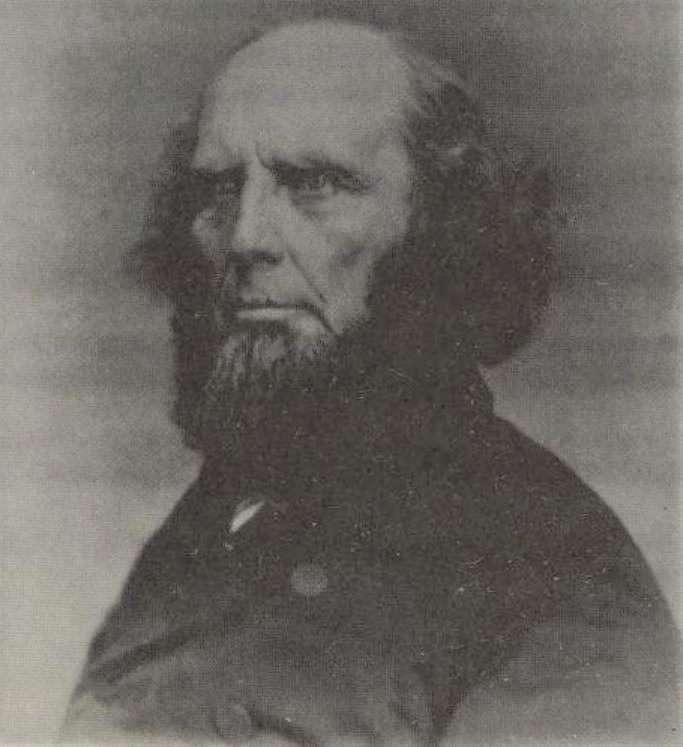
Charles Grandison Finney – Father of modern revivalism and the leading figure of the Second Great Awakening
Introduction
Charles G. Finney’s (1792-1875) unique methods of evangelism earned him the title of the “father of modern revivalism.” His methods paved the way for other mass-evangelists, like Dwight L. Moody, John W. Chapman, Billy Sunday, and Billy Graham, who adapted and built upon Finney’s methods.
Background Information
With this revival account being one in a sequence of revivals during the life of Charles G. Finney, we recommend reading them in chronological order:
► 1824 Evans Mills German Settlement Revival
► 1824 Antwerp, New York Revival
► 1824 Revival at Perch River and Other Locations
► 1825 Revival in Gouverneur, New York
► 1825 Revival in De Kalb, New York
► 1825 Revival in Western, New York
► 1825 Revival in Rome, New York
► 1826 Revival in Utica, New York
► 1826 Revival in Auburn, New York
► 1826-1827 Revival in Troy, New York
► 1827 New Lebanon & Stephentown Revivals
► 1827-1829 Revival at Wilmington and Philadelphia
► 1829 Reading, Pennsylvania Revival
► 1829 Lancaster, Pennsylvania Revival
► 1829 Columbia, New York Revival
► 1830 New York City Revival
► 1830-1831 Rochester, New York Revival
► 1831 Revivals in Auburn, Buffalo, Providence & Boston
► 1832 New York City Revival
► 1835-1840 Revivals in Oberlin, Ohio
► 1841-1842 Boston & Providence Revivals
► 1842 Rochester Revival
► 1842-1843 Revivals in Oberlin, New York, and Boston
► 1849 Revivals in Houghton, Birmingham, and Worcester
► 1850-1851 London, England Revival
► 1851-1853 Revivals in Oberlin, New York City, Hartford, & Syracuse
► 1853-1855 Revivals in Ohio & New York
► 1855-1856 Rochester Revival
► 1856-1858 Boston Revival (Third Great Awakening)
► 1859 England Revivals
Introduction
Charles Finney and his wife, Elizabeth, had just concluded a series of revivals in several different cities in England (1859 England Revivals). During that time they received an invitation from Rev. John Kirk (1813-1886), a minister in Edinburgh, who was pastoring an Evangelical Union church. They left London on Wednesday, August 10, 1859, and arrived by ship in Edinburgh on the 12th.
Finney remained in that city three months, and during that time, he reported:
We had a very interesting revival in that place, and many souls were converted. Church members were greatly blessed, and Brother Kirk’s hands were full day and night of labors among inquirers [new converts].
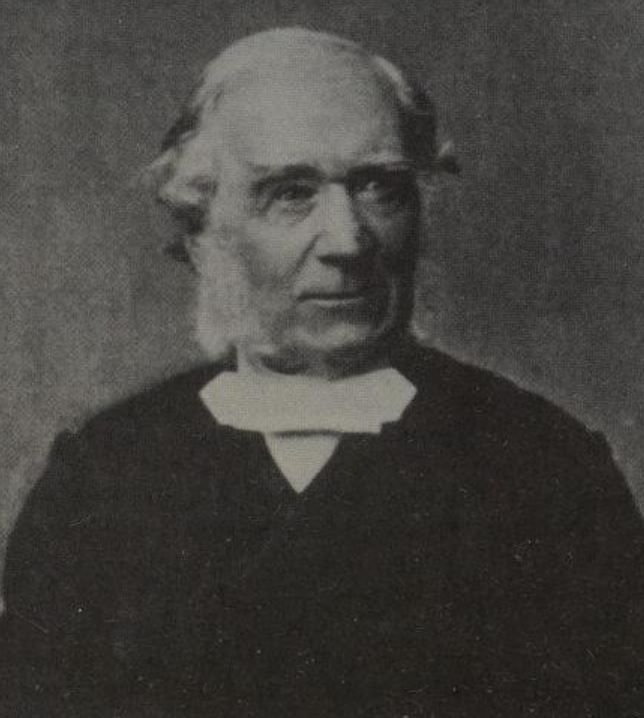
Rev. John Kirk (1813-1886)
Number of Conversions
Kirk indicated that by January 1860, there were 600 inquirers (converts), and about two months into the three-month series of services, The Wesleyan Times (London), published a letter they received of a first-hand account of the meetings:
I may remark that those of us who have attended Professor Finney’s meetings and watched their progress may say, with all safety, that we have never seen in so short a period of time, under the preaching of the Gospel, so many moved to earnest inquiry about the concerns of their souls…
Denominational Barriers
The congregation of the Evangelical Union church in Edinburgh was small when Finney arrived, but after the meetings began, it filled the building for every service (seating for 2,000). Even though there was a significant number of converts being won to the Lord, there was still a major barrier preventing the revival from spreading throughout the region.
Finney knew that for a move of the Holy Spirit to expand there needed to be cooperation from more of the churches. With his association with the Evangelical Union churches, and the Presbyterian and Congregational churches being “strongly opposed” to the Evangelical Union, Finney was restricted from being able to minister in other churches throughout the city.
This sectarianism greatly disappointed Finney, leading him to conclude:
I had no doubt then, nor have I now, that thousands would have been converted had it not been for that prejudice against Brother Kirk and his views.
From Edinburgh to Aberdeen
After three months of ministry in Edinburgh, Finney accepted an invitation from Rev. Fergus Ferguson, the minister of the Evangelical Union church in Aberdeen. Traveling by train, the Finneys arrived there on November 11, 1859.
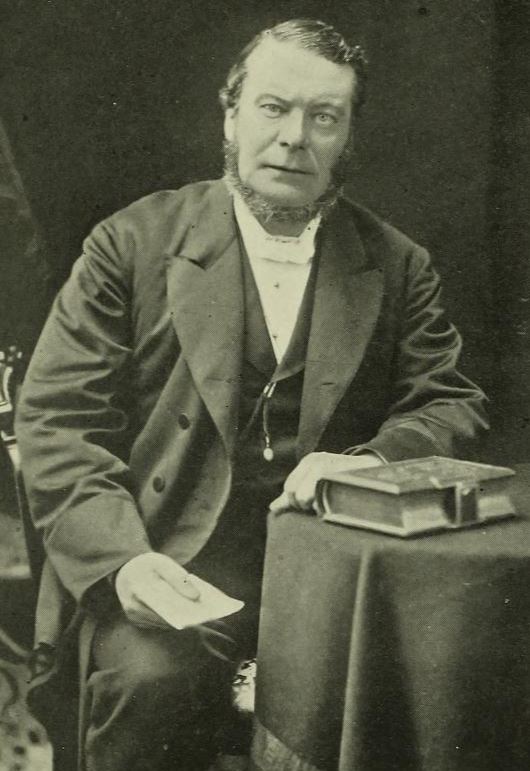
Rev. Fergus Ferguson (1824-1897)
Revival in Aberdeen
Upon arrival in Aberdeen, Finney discovered that the Evangelical Union church there had more opposition from the Presbyterian and Congregational churches than what was experienced in Edinburgh. Even so, Finney committed himself to his ministry and the revival began to take root.
Numbers had been converted, and a very interesting change was manifestly coming over his [Ferguson’s] congregation and over that city.
Revival in Bolton
After ministering in Aberdeen for about 5 weeks, the Finneys accepted an invitation from Rev. William Davison (1827-1894), a Congregational minister in Bolton, to come and minister in his church. Traveling by train, they arrived in Bolton on December 14, 1859.
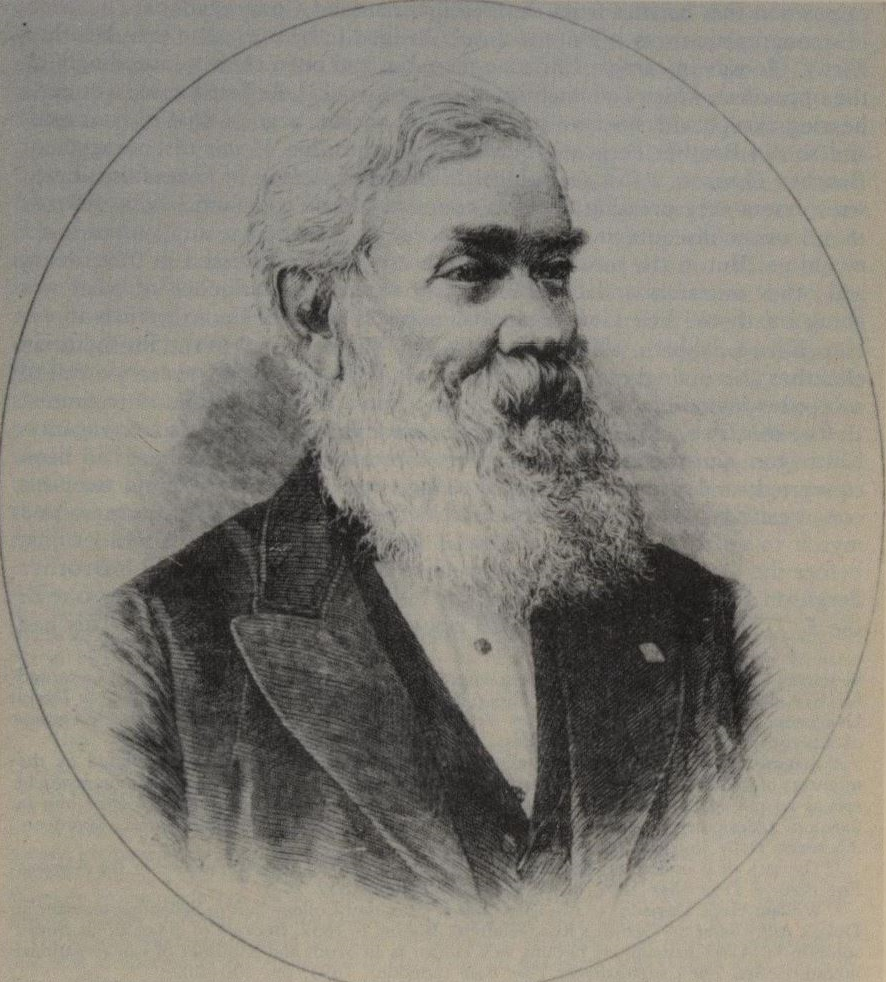 James Barlow (1821-1887)
James Barlow (1821-1887)
Revival among Methodists
Upon Finney’s arrival in Bolton, “the work of the Lord commenced immediately,” and it got its start in the home the Finneys were lodging in. It was the home of the Methodist James Barlow.
On December 16, in the evening, a Mr. Joseph Bell and his wife Mary came to visit the Barlow home. After discussions on spiritual topics, all assembled decided to kneel and pray. Upon doing this, it was noticed that Mary Bell became “much affected,” and soon after, several servants in the home also came under conviction of sin, with all three being converted to Christ.
Seeing God working so rapidly arrested the heart of Barlow’s wife, Alice, and she also was converted to Christ at the same time.
The report of what God started in that Methodist home spread throughout the town and people began coming to that home “daily, and almost hourly,” to discuss the condition of their souls.
Extraordinary Prayer
During the second week of January 1860, churches united for a week of prayer, and as the week went on, the “spirit of prayer increased,” and with it “the meetings had greater and greater power.”
Rotating Churches
Finney’s practice was to preach in different churches in the towns he was ministering in, and on about the fourth night of the week of prayer, Finney preached in a Congregational church, and it was there that he, for the first time, called for people to make a public and immediate decision for Christ.
Those that came to the front of the building on this evening, at the conclusion of Finney’s sermon, were immediately invited to go to a separate room, and according to Finney, the room “was thronged.”
Temperance Hall Meetings
Bolton had a Temperance Hall that had seating for 3,000. And with it being much larger than any of the churches, that building was secured for Finney to hold meetings in. Meetings in the hall were soon filled to capacity, with some not able to gain access. The meetings were held:
► Sundays: 2 services
► Evenings: 4 nights, usually Tuesday – Friday
Home Visitation
The local newspapers reported on the unity that was experienced among the churches in Bolton.
Minor differences are for the time entirely lost to view, and men who have never supposed before that they could work together, now find themselves, without a semblance of difference, heartily engaged in a common cause…
Finney said that the sectarianism was buried as the Methodists and Congregationalists united together, divided the city into 13 districts, and then went door-to-door by twos, distributing literature and informing people of the meetings.
The minister overseeing the home visitation made the statement that:
The revival had reached every family in the city; and that every family had been visited… more than once.
The Boisterous Methodists
Outside of Finney’s comfort zone was the Methodists’ “noisy and demonstrative” prayers. When sinners would come forward to convert to Christ, Finney said that these Methodists would
► “pray exceedingly loud”
► “pound the benches”
► “more than one would pray at the same time”
Not wanting to grieve or quench the Holy Spirit, Finney allowed their behavior to continue, as conversions were constantly increasing. After about 3 weeks he began to believe that the emotions being released were creating a distraction for the would-be converts.
Finney asked the Methodists if they would try, for a short period of time, to reign in those emotions. They agreed, and though it was hard for them at first, they adjusted, and even though there was less “apparent excitement in our prayer meetings,” there were many more that were converted.
Revival in the Cotton Mill
The owner of the home the Finney’s were staying in, James Barlow, was also the owner of a cotton mill with 1,000 employees.
On Friday, January 6, a service was conducted during working hours. Production was halted and the employees were invited to attend a meeting. This led to the conversion of about 60.
In Elizabeth Finney’s journal she wrote of Barlow’s elation following that meeting:
Mr. Barlow came home shouting glory.
Continuing with what the Holy Spirit started, services were held nightly till “nearly all his hands [Barlow’s 1,000 employees] expressed hope in Christ.”

Charles Finney and Elizabeth, his second of three wives. His wives accompanied him on his ministry trips. Elizabeth also ministered to various mission organizations and women’s groups.
The Spreading Revival
The location where the Bolton meetings were held (Temperance Hall), with its seating for 3,000, was always filled. Elizabeth Finney wrote in her journal about the attendance:
► “A dense mass of human being.”
► “At six the house was filled—though the services did not commence till ¼ to 8.”
► “Crowded again.”
► “Hall filled—many standing.”
► “Perfect jam of a congregation.”
► “The hall was just as full as usual.”
The attendance at the afternoon prayer meetings for women, led by Elizabeth Finney, was also nearly full.
The Finneys were in Bolton from December 15, 1859, to April 1, 1860, and upon their departure The Bolton Guardian reported:
It appears that upwards of 2,000 persons have been brought to the stage of inquiry, and not less than 1,200 have been converted.
Departure for Rest, and then to Manchester
The Finneys spent a little over 3 months in Bolton, and being exhausted, returned to Houghton, the location of his previous revivals (1859 England Revivals), to rest in the home of Potto Brown. After recuperating, they then went to Manchester and commenced preaching on April 22, 1860.
When Finney went to Manchester, he was expecting the Methodists and Congregationalists to work together, much as they had in Bolton. But a different set of circumstances was encountered—there was a lack of unity among the ministers that were appointed to unite the community’s churches. Of this disunity, Finney said:
This grieved the Spirit and crippled the work.
Lack of Follow-Up
Even with the lack of unity in the city, the revival in the greater Manchester area “continued to increase and spread,” with large numbers of people converting to Christ.
The tragedy behind this success was that there was a lack of ministers to follow up on the new converts and connect them with a local church. About this lack of follow-up, Finney said:
The number of inquirers has for many weeks been large. Last Sabbath evening we must have had nearly or quite three hundred…. To human view it appears to be a great pity not to follow up this well begun, and growing revival of religion.
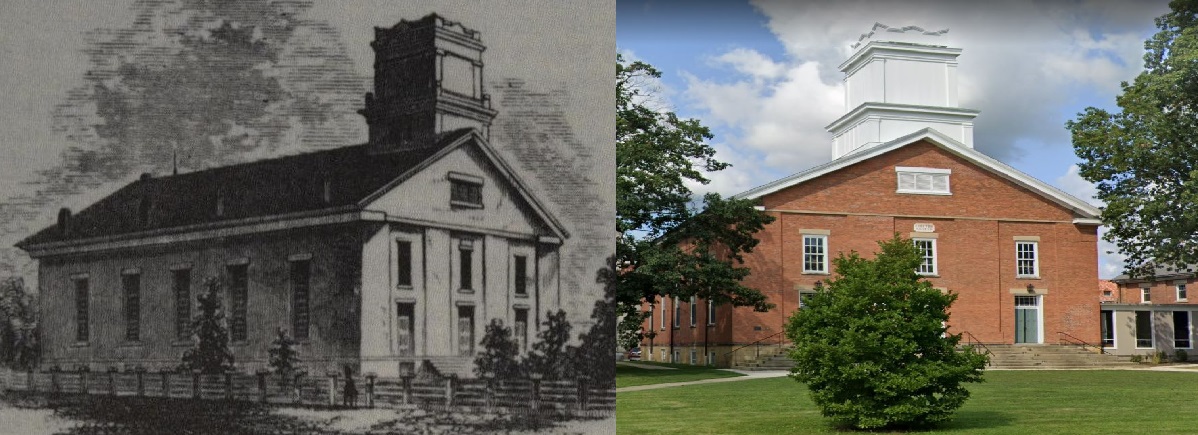
First Congregational Church in Oberlin, Ohio: then and now (relatively the same)
Return to Oberlin, Ohio
Charles Finney had received invitations from many different locations throughout England to come and preach in their cities. He would have preferred to stay another 2 years in that country, but decided to return to Oberlin, Ohio, due to pressing needs at the Oberlin College, where he was the president, as well as the minister of the First Congregational Church in that town.
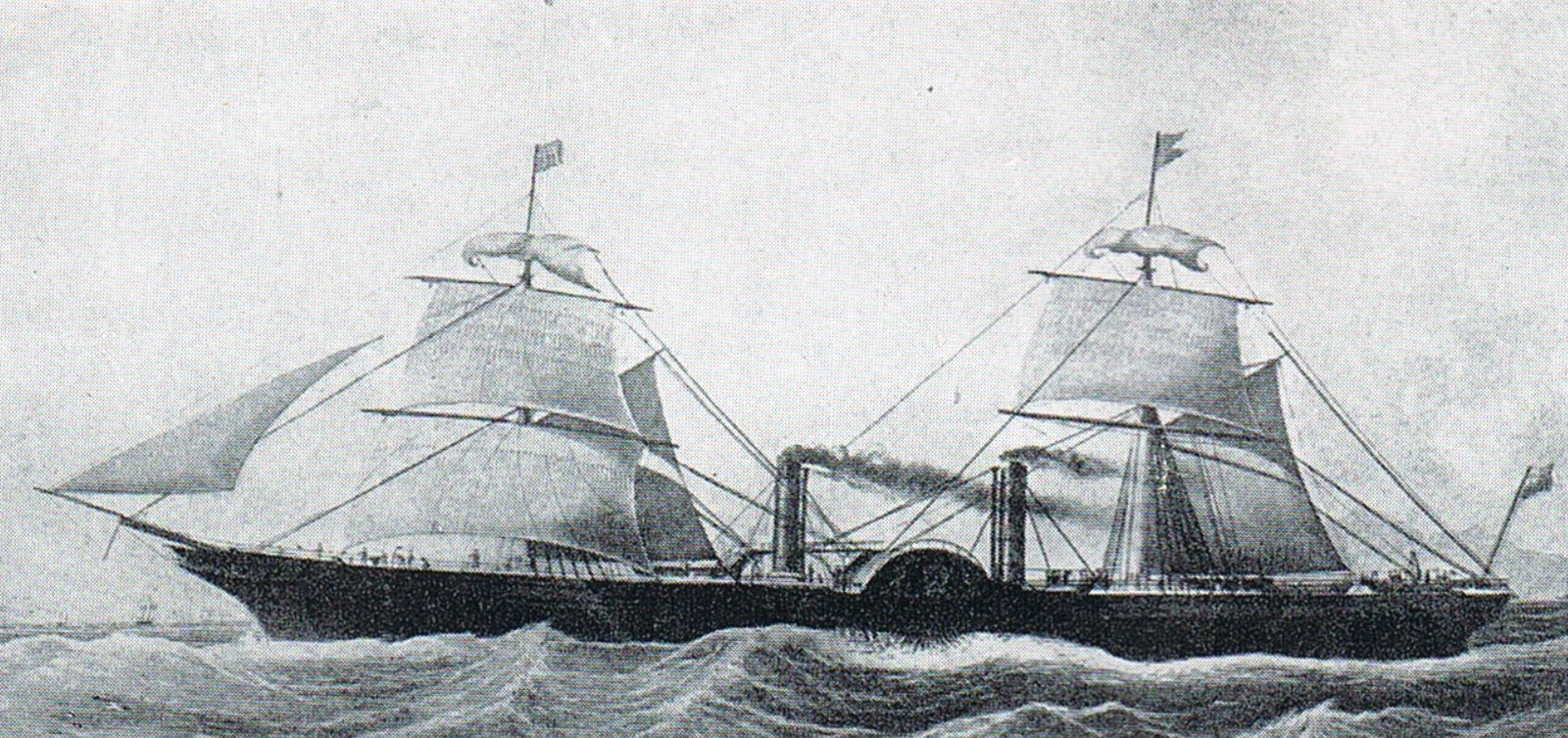
RMS Persia—the ship taken on the Finney’s return trip
to the United States
The Finneys left the greater Manchester area on August 3 for Liverpool, where they boarded the RMS Persia and departed the next day for their return trip to the U.S.A.
Primary Sources
► Chapter XXXV: The Memoirs of Charles G. Finney by Charles G. Finney
► The Memoirs of Charles G. Finney: The Complete Restored Text by Charles G. Finney
Secondary Sources
► Charles G. Finney by Wikipedia
► Charles Grandison Finney & the Second Phase of the Second Great Awakening by Christian History Institute
► Great Revivals and the Great Republic by Warren Candler
► History of American Revivals by Frank G. Beardsley
► Man of Like Passions: The Life Story of Charles Grandison Finney by Richard E. Day
► Memoirs of Revivals of Religion by Charles G. Finney
► The Fervent Prayer: The Worldwide Impact of the Great Awakening of 1858 by J. E. Orr
► The Life of The Rev. Fergus Ferguson by William Adamson
► The Story of Oberlin by Delavan L. Leonard
Return to List of Revival Stories
Chet & Phyllis Swearingen:
Office: (260) 920-8248
romans1015@outlook.com
Beautiful Feet
P.O. Box 915
Auburn, IN 46706

